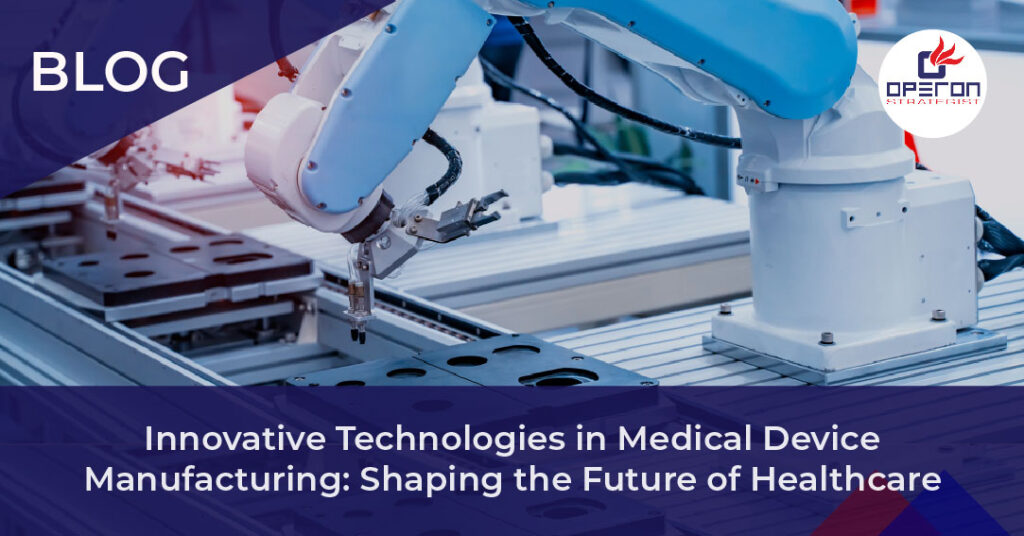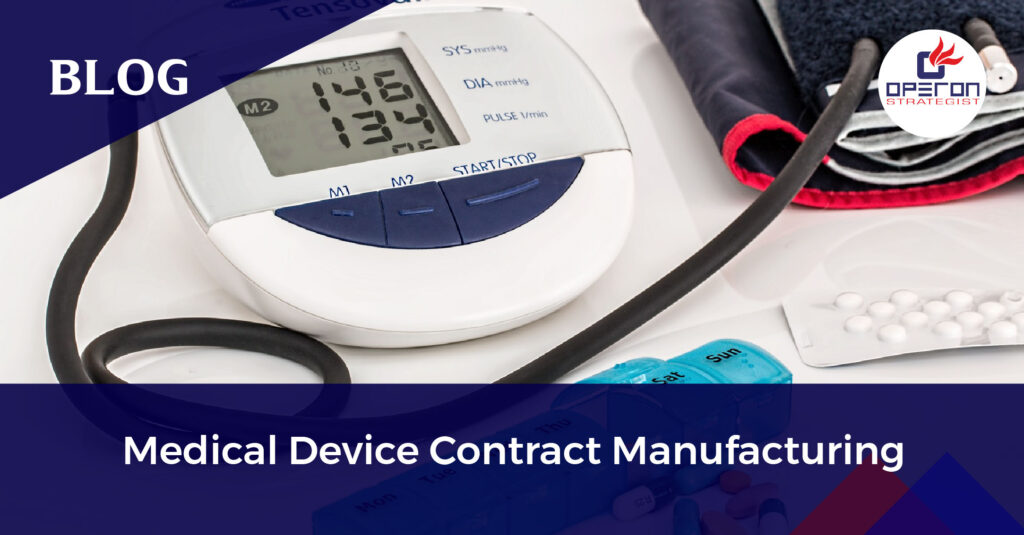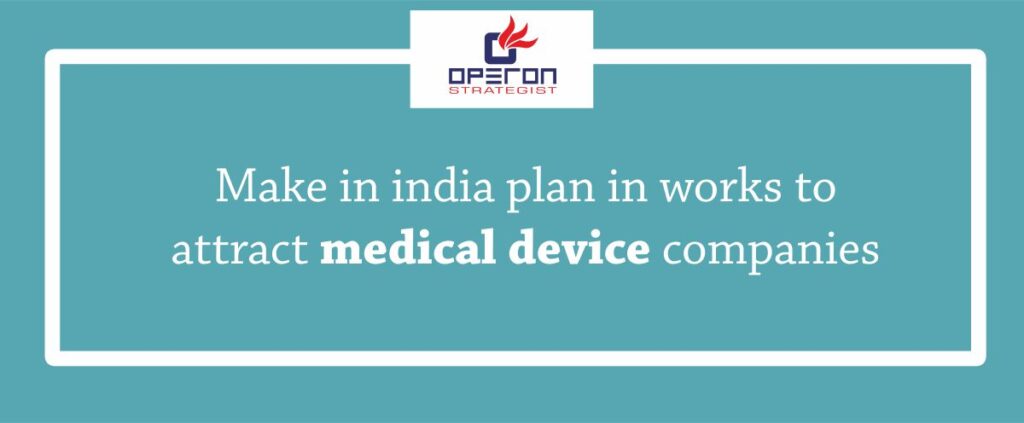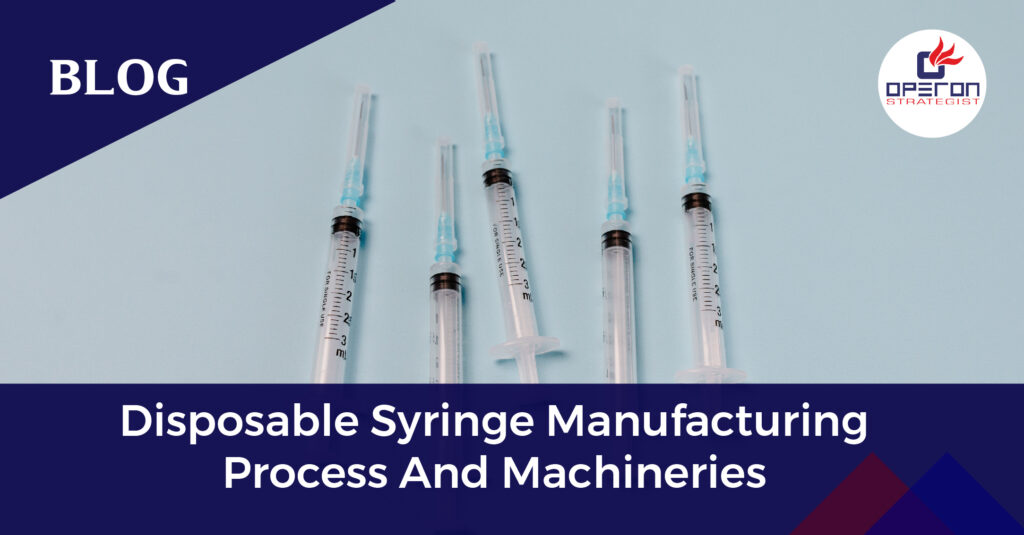An Overview of Innovative Technologies in Medical Device Manufacturing
Technology plays an integral role in nearly every aspect of modern life, from personal interactions to professional settings, both formal and informal. Its influence extends significantly into healthcare, transforming how medical services are delivered, accessed, and financed. From the advent of the stethoscope and X-rays to the development of AI-powered wearable devices and patient portals, technology has redefined healthcare in profound ways.
Read here India’s Medical Technology Sector Projected to Surge to Rs. 2,177.9 Billion by 2026
Looking For a Medical Device Regulatory Consultant?
Let’s have a word about your next project
This technological influence is not just evident in the tools and devices themselves but also in the staggering financial figures associated with the medical device industry. In 2023, the global market for medical devices reached a revenue of $471.80 billion, with projections indicating a rise to $609.70 billion by 2028, growing at a rate of 5.26%. However, this growth has been accompanied by a significant shift in the manufacturing landscape, driven by technological advancements. These innovations have not only enhanced the efficiency of production lines but also improved the quality and functionality of medical devices, benefiting both healthcare providers and patients.
The Drive for Innovation in Medical Device Manufacturing
The medical device industry is constantly pressured to enhance device quality, reduce time-to-market, and lower costs. Contract Research Organizations (CROs) play a crucial role in supporting this industry by offering clinical research services on a contractual basis to medical device manufacturers, biotechnology firms, and pharmaceutical companies.
To meet these evolving demands, conventional manufacturing techniques must adapt. Innovation is key to addressing the growing needs of patients and healthcare providers, ensuring that the industry remains capable of delivering high-quality medical devices efficiently.
Automation in the Medical Device Industry
Medical device manufacturers are increasingly turning to automated technologies to boost productivity, reduce costs, and minimize human error. Key examples include:
Collaborative Robotics:
Automation in manufacturing doesn’t necessarily mean eliminating human labor. Instead, Collaborative Robotics, or “cobots,” are designed to work alongside humans, particularly on assembly lines. By handling repetitive tasks such as heat-sealing operations, cobots free human workers to focus on tasks requiring creativity, innovation, and problem-solving. For instance, while cobots manage the movement of trays and lids in the heat-sealing process, human workers can concentrate on quality assurance and other critical functions.
AI-Powered Analytics:
CROs handle vast amounts of data, but extracting valuable insights for manufacturing and forecasting can be challenging. Some manufacturers leverage AI-powered analytics to streamline statistical analysis, predict system maintenance needs, and optimize production processes. By analyzing large datasets, AI can help identify potential equipment failures before they occur, enabling proactive maintenance. Additionally, AI can enhance key performance indicators (KPIs), guiding manufacturers in improving processes, productivity, and product quality.
Automated Packaging Solutions:
Automated packaging systems offer significant cost-saving benefits by reducing the reliance on human labor and minimizing the risk of producing substandard products. Functions such as flow wrapping, cartoning, filling, and pouching are managed by intelligent software, allowing medical device manufacturers to increase output, lower costs, and comply with new industry standards. Automated solutions also improve packaging line productivity, ensuring that products are packaged efficiently and consistently.
Also read The Rise of Automation in Medical Device Manufacturing
Enhanced Medical Device Management
Medical devices play a vital role in improving health outcomes, treating illnesses, and aiding recovery. Many modern devices are equipped with IoMT (Internet of Medical Things) sensors, enabling remote monitoring and centralized management. Monitoring software can alert healthcare providers to potential issues, allowing for timely intervention before problems escalate. This remote monitoring capability reduces the need for frequent in-person visits, saving patients time and money while ensuring they receive timely care and maintenance for their devices.
Get Expert Medical Device Regulatory Consulting Services
Role of Operon Strategist
Operon Strategist plays a pivotal role in guiding medical device manufacturers through the complexities of regulatory compliance, ensuring that innovative technologies are seamlessly integrated into manufacturing processes while meeting global standards. As a leading medical device regulatory consulting company, Operon Strategist offers comprehensive support in navigating regulatory pathways, from manufacturing plant setup and quality management to achieving certification and market entry. Their expertise helps manufacturers leverage cutting-edge technologies to enhance device quality and streamline production, ultimately driving successful outcomes in the rapidly evolving healthcare landscape.
- adminhttps://operonstrategist.com/author/admin-2/
- adminhttps://operonstrategist.com/author/admin-2/
- adminhttps://operonstrategist.com/author/admin-2/
- adminhttps://operonstrategist.com/author/admin-2/




